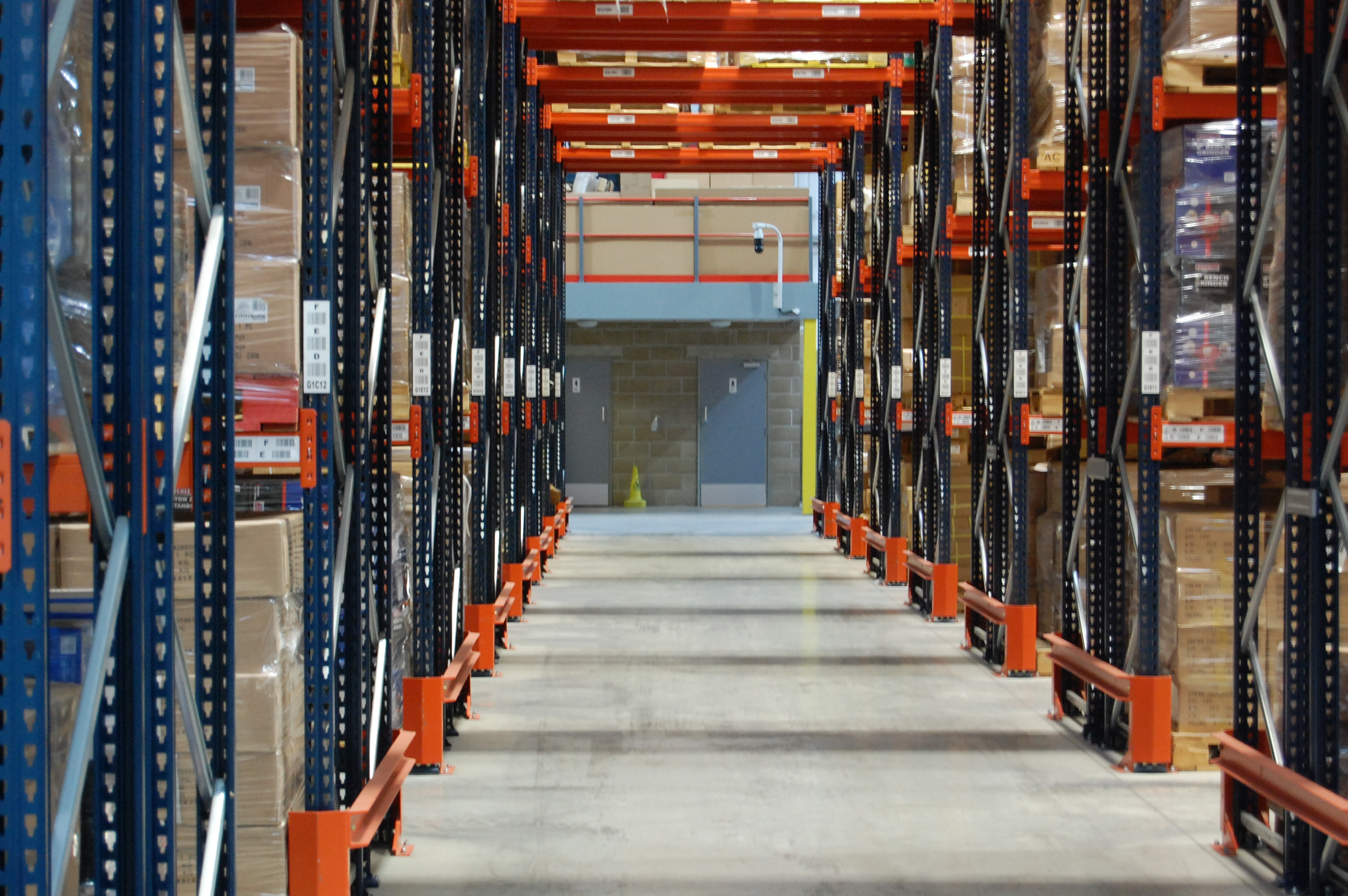Factors To Consider In Choosing Casters For Forklift-free Initiatives

A forklift-free initiative does not mean that forklifts must be eliminated completely. An organization can utilize the initiative by limiting forklift traffic within a warehouse’s internal logistics. It is highly recommended that forklifts should be dedicated to shipping/receiving cargo, while tuggers pull towable carts to move material throughout the assembly, circulating material and flowing smoothly throughout the plant during peak operating hours.
Pedestrian collisions continue to be the leading cause of workplace transport accidents. According to OSHA, there are approximately 85 forklift fatalities and 34,900 serious injuries each year. In most cases, these accidents are caused by poorly enforced safety and maintenance procedures, and lack of training. The forklift-free initiative can help prevent forklift accidents in the workplace and reduce the risk of serious injuries.
THE IMPORTANCE OF THE CORRECT CASTER WHEN GOING FORKLIFT-FREE
When deciding to take on a fork-free initiative, an organization most commonly implements a tugger cart system and/or carts that are manually pushed and pulled - both of which operate on casters.
There are several important factors that must be considered when choosing a caster for either tugger cart towline applications or manual movement applications.
FACTORS TO CONSIDER FOR CASTERS IN TUGGER CART TOWLINES AND MANUAL PUSH/PULL APPLICATIONS


- Wheels
- The resiliency of the wheel is an important factor in determining how the wheel performs when rolling over physical barriers such as thresholds or debris.
- Softer (lower durometer) wheels to some extent conform to the shape of the object(s) that they roll over, meaning debris and barriers do not typically cause damage to softer wheels.
- Wheels that have the proper durometer and resiliency reject embedding of debris and flat-spotting. Embedding typically occurs in hard, non-resilient wheels and can cause floor damage, added rolling resistance, increase noise and vibration.
- Harder wheels typically roll easier than soft wheels. When using hard wheels, one must consider the likelihood of the wheels encountering debris and the floor type.
- Wheel Diameter
- The larger the diameter of a wheel, the lower the rolling resistance will be. While this is an important factor, it is frequently overlooked.
- The more uneven or coarse a floor is, the larger the wheel’s diameter should be. Rough floor conditions may include thresholds, debris, grates, etc.
- Caster Rig Type
- Ease of swivel and dispersion of load play a humongous role in caster rig ergonomics. The precision of a swivel caster rig's construction determines how easily a rig is able to swivel, which directly affects manual push/pull ergonomics.
- The kingpinless swivel caster rig is the go-to swivel caster rig for towline use. The kingpinless swivel caster rig can handle heavy weight loads and offers great durability because of its lack of a kingpin. Without the kingpin, a caster is able to more evenly distribute weight and ease the pressure on the caster.
- Casters with a kingpin often fail in towline applications because high velocity towing can wear down the kingpin and cause catastrophic failure.
- Swivel Lead
- A commonly overlooked factor for caster configuration, swivel lead (the distance between the centerline of the kingpin and the centerline of the axle of a swivel caster) determines the ease with which a caster swivels.
- With a standard swivel lead, an application will likely experience caster flutter. Caster flutter occurs when the caster wheel is not trailing far enough behind the raceway. To alleviate caster flutter, you can extend the lead with an extended-lead rig. An extended-lead rig enables the caster wheel to naturally trail, eliminating caster flutter, reducing noise and strain on the raceway - along with all the moving parts.
- A commonly overlooked factor for caster configuration, swivel lead (the distance between the centerline of the kingpin and the centerline of the axle of a swivel caster) determines the ease with which a caster swivels.
- Bearings
- Sealed precision ball bearings are ideal for towlines because they're maintenance free, have low decibel output, and are designed for higher speeds and frequent turns. For manually pushed carts, precision bearings are the preferred choice due to the ease of rollability, providing the best in ergonomic push-pull forces.
- Load Rating
- The maximum amount of weight a caster or wheel will hold. The maximum recommended load per caster or wheel based on intermittent operation over smooth floors at speeds not exceeding 3 m.p.h., with no shock loading or adverse environmental conditions.
Check out our complete guide (article and video) to selecting casters for towlines and explore Ergonomics & Maintenance Tips for more info.
In summary, durability and performance are huge factors to consider for casters in towlines, while ergonomics are everything when it comes to casters in manual push/pull applications.